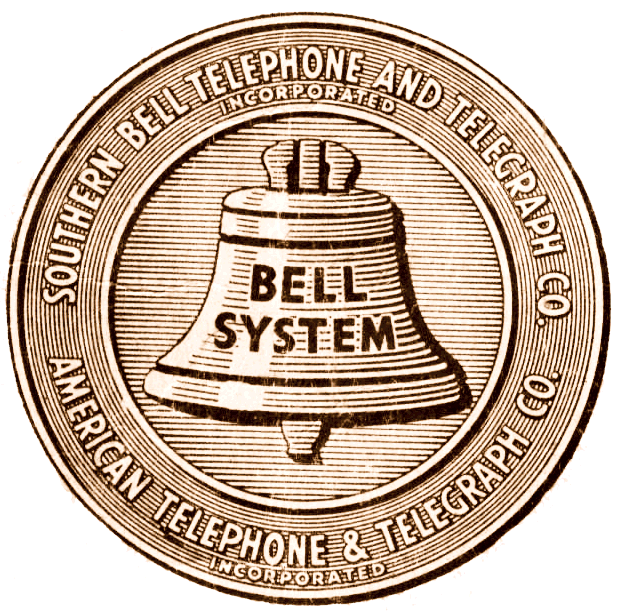I am working on a WLED project, using a esp32 in a 3d printed enclosere. But my dad says that i can’t install it because it is not UL listed. He is worried if the house burns down, the insurance company won’t insure it due to diy electronics possibly starting a fire. What am i to do, i am not developing a project to sell?
When it comes to what insurance does or doesn’t cover, the best answer will come from the text of the policy itself. This is, unfortunately, very dry reading and most people – although instructed to keep a copy handy – don’t have the full text nearby. That said, because of the regulated nature of insurance in the USA, standardized forms of policies exist, and homeowner policies are no exception.
The common homeowner policies are numbered HO-1 to HO-8. HO-1 only pays out only for the ten listened “perils”, and is thus the most barren policy available. Not all HO-1 policies are verbatim identical, but the gist usually matches.
We can look at this sample text from a random HO-1 (issued by American Family Insurance). Page 5 shows that “fire or lightning” is covered, so that’s a good start.
On page 6, we find the exceptions to the coverage, so if any of these apply, the policy will not pay out. Nothing in Part A would seem to apply to a DIY LED project, unless you tell me your LEDs are radioactive. Part B also doesn’t apply, unless you’re somehow perpetuating a fraud using LEDs.
Part C reads like it could apply, because it mentions “construction”, “design, workmanship or specification”, and “maintenance”, but this section only applies to the dwelling and so refers to those things which are permanently affixed to the house. That would include things like ceiling fans and light fixtures, but wouldn’t include stuff that is attached to the walls using thumbtacks or 3M Command strips. It even says that:
However, we do cover any resulting loss to property described in Coverage A - Dwelling and Dwelling Extension not excluded or excepted in this policy.
This clause basically means the exceptions on Page 6 should be interpreted narrowly, not broadly.
The point is, in the entire policy, there isn’t a clause that requires listed equipment, and remember that this is the most bare bones policy commonly available. If such a requirement did exist, then building your own PC wouldn’t be possible, since the standards bodies do not test individual computer parts – except the PSU, because that plugs into the mains.
If a fire that damages the house does occur, the most probable causes would be due to: 1) an unlisted power supply or power brick feeding the ESP32 or the LEDs, or 2) no current limiting (eg a fuse) to cut out the power supply. Other failures like a shorted LED are unlikely to actually cause a house fire, and the insurance companies and UL know this; they’re more focused on preventing arc-faults that contribute to an estimated 50% of electrical house fires every year.
Good design and clean installation on your part, and using properly listed low-voltage power supplies, will mitigate the major fire risks, leaving just software bugs and lighting snafus for you to deal with.
As a matter of completeness, if there is an unlikely fire, be it from an LED project or from a candle falling over, the insurance company will still pay. But big or small, the claim will be recorded in the CLUE database along with the payout amount. This often reflects negatively on homeowners, so future rate increases may occur. But that varies by state. In any case, though, the insurance policy has still done its job: cover a non-intentional loss.
I would nevertheless advise you to have a look at what sort of homeowner policy your dwelling is covered under. Everything beyond HO-1 is nicer, and some even include limited claim forgiveness of some kind (for a price). Also consider talking to your insurance agent, who should be able to help interpret how the policy applies.
Wow, what a great comprehensive response. Thanks for the links.
I’ll be saving this. Brilliant stuff.
Is it a 5, 12 or 24v project? If it’s 5v, use a USB power brick, that will be ul rated.
The NEC says that anything under 50v is low voltage and not considered hazardous.
What’s the project? I have a handful of wled things in the house
Its running off a 5v usb brick. I am trying to alluminate the way to the bathroom for my mom late at night so she won’t trip or kick the household black cat. Also I ordered some PIR motion sensors to turn on the LED strip.
Note for you: phones aren’t UL tested for safety. As I read it this morning, Their listing falls under UL110, a sustainability spec for product lifecycles. And a battery spec or two.
Nice project though! I’ve got a handful of LED strips, mostly in the kitchen and more lighting outside. One thing you might care about is to give your wled instance a station ip address.
It sounds awesome. First I would explain how difficult it is for low voltage to cause fires. If that doesn’t work, maybe make a demo of a catastrophic failure (dead short) of your 5v brick, maybe he’ll see that doesn’t cause a fire. Or finally maybe encase the power brick and control circuitry in a metal container?
I’ve never heard of an adjuster digging through rubble hunting for UL listings on the side of electronics.
True.
They would still probably find the source of ignition was a homemade device. But I don’t know if they pick through the rubble that finely unless they suspect arson.
Look into the Shelly switches. You connect through wifi and Bluetooth but it’s an open device in terms of how you run it.
It has an esp8226 inside but it’s ul listed and fits inside the switch housing. You won’t have wires running into a socket and it won’t look ‘dangerous’ per say.
In addition to what others are saying, just keep it smart.
From personal experience - I bought a 5v strip to play with, liked it so much that I guess I just got mental lock in. Decided to encircle a room with a continuous loop of them. About 48 feet perimeter. With my lights, that was about 300 watts. At 5v, that’s 60 amps!
At one point a solder joint failed and a neutral wire disconnected, causing another to pick up more voltage than intended, eventually over temping the wire and causing some melting of mounting brackets.
No fire. Just a serious reassessment of things, and pulling that whole system.I now use 12v or 24v strips. They require less power injection and lower amps. (Amps are what generate heat, and kill you when you get zapped.)
However, and not to dissuade you at all, but if it makes sense, perhaps a motion sensing nightlight?
I use some zigbee RGB ones by third reality - they report to my hub when they detect motion. You could just buy a bone stock RGB strip controller and create an automation to fire those when the nightlight detects motion.
Definitely not the same journey of learning and experimentation, and with far less options to play with. But it would be way more manageable, and no arguing with family about insurance policies or electrical code.UL listed?
Its a product Safety standard. Here is a Wikipedia page. https://en.m.wikipedia.org/wiki/UL_(safety_organization)
I’d challenge the restriction. I doubt that everything in the house is “UL listed”.
That said, the fear and concern is real. It’s why many such products run on 5 or 12 volts.
I’d also check if you are actually switching mains power, rather than sending a separate control signal to the WLED.
If the house burns down because of that your insurer will likely be difficult about it. You should also check the policy of your insurer, perhaps the cause of the fire is irrelevant.
As for fire safety. I always put my electronics in non flammable environments and make sure that everything is fused with either a current or thermal fuse.
Anything with high current consumption goes inside a metal box so that even if it does catch fire it can’t take anything with it. 3D printed enclosures are fine if you mount those inside a metal bucket for example.




